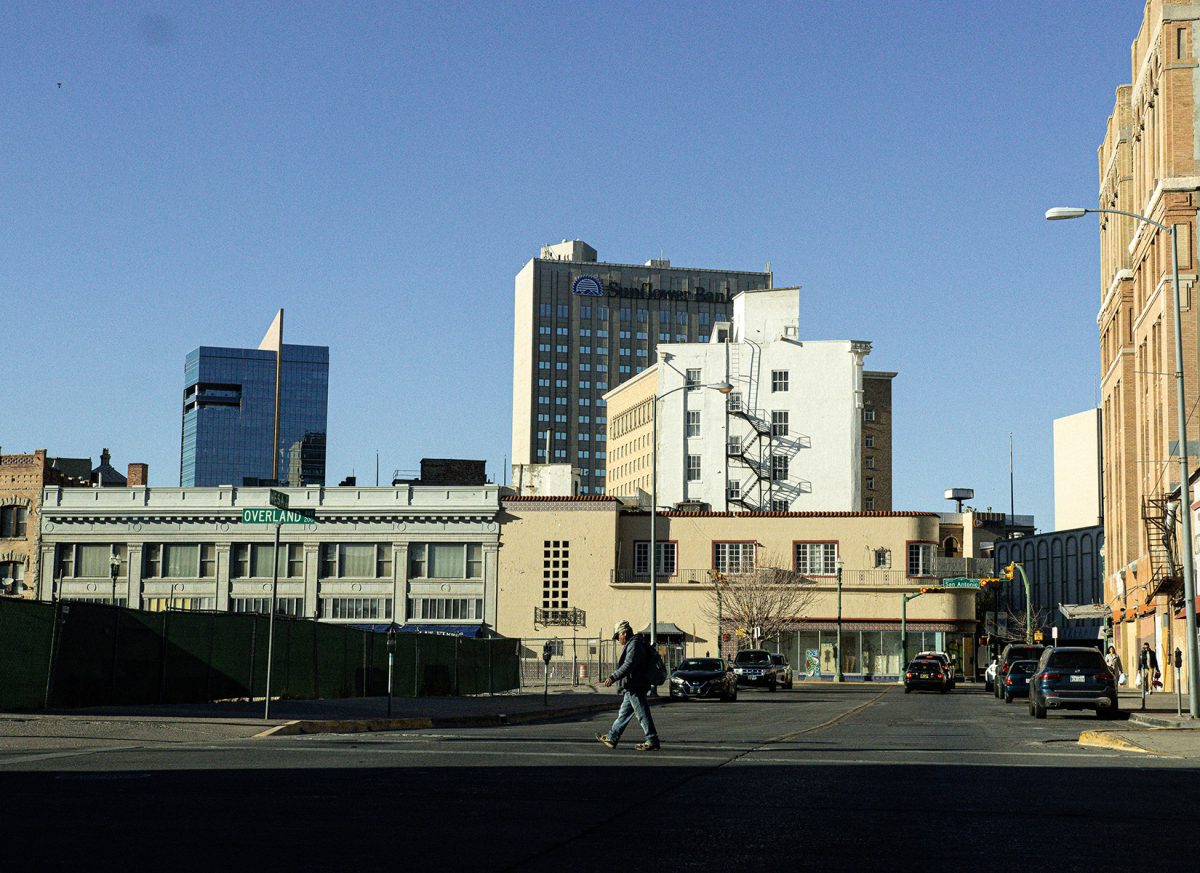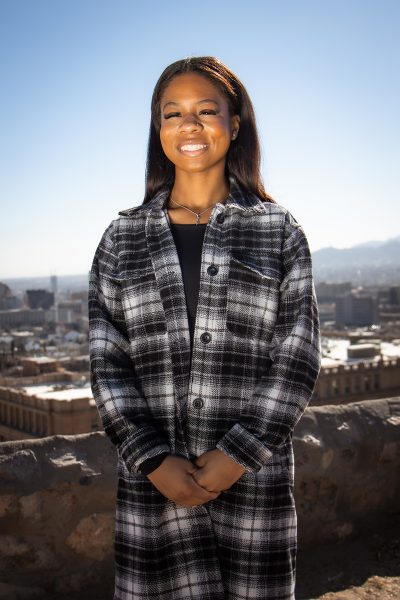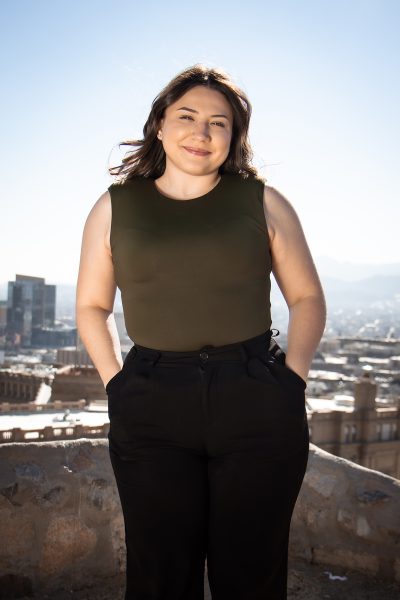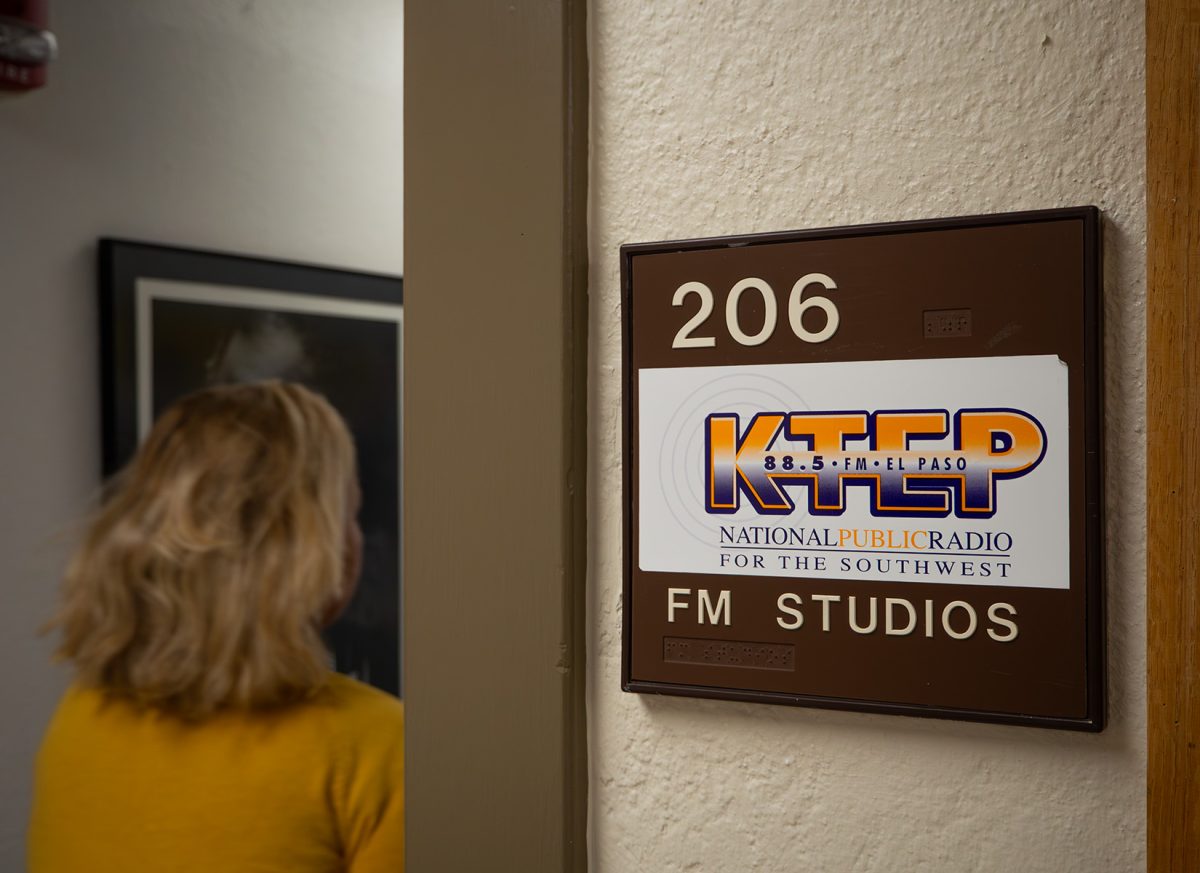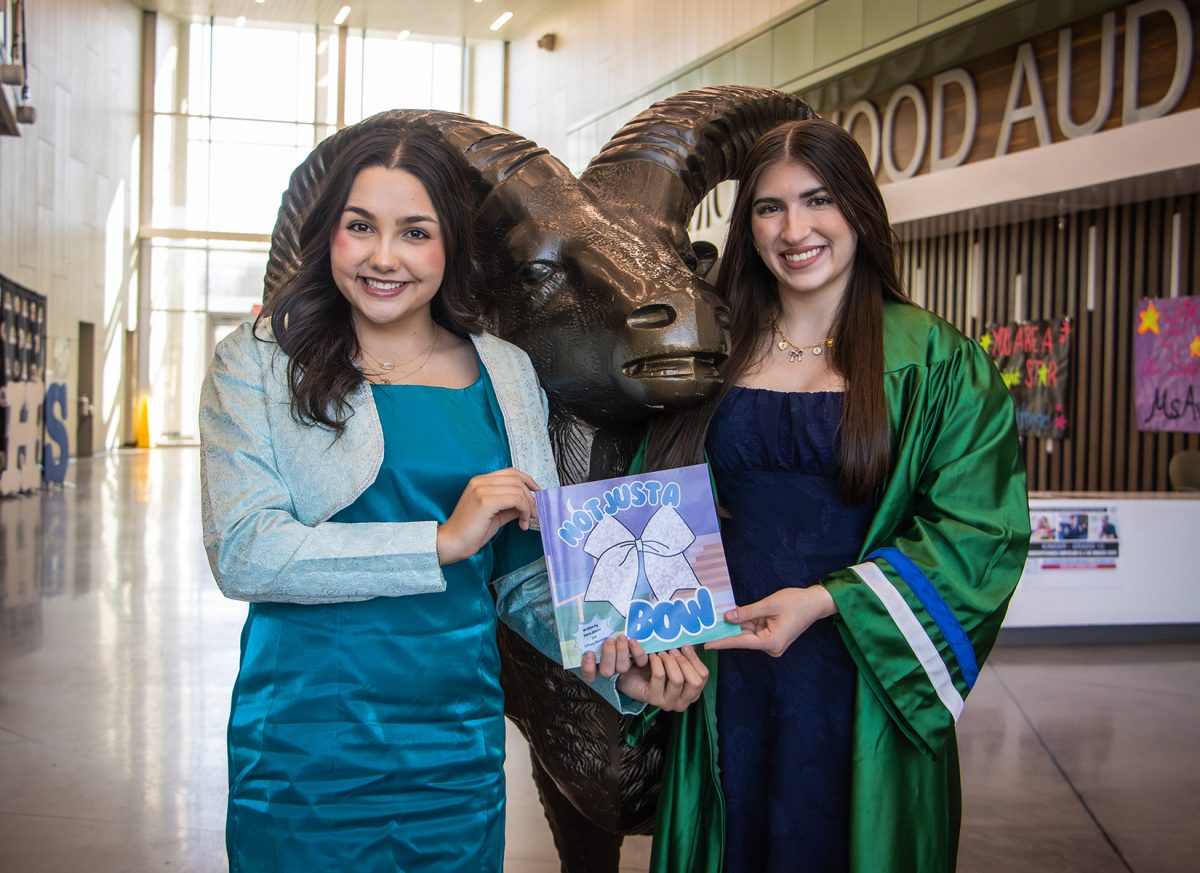Puerto Rican star Bad Bunny recently released his seventh studio album entitled, “DeBÍ TiRAR MáS FOToS,” accompanied by an emotional short film that goes by the same title. His projects aim to shine light on Puerto Rican culture, while also bringing awareness to the island’s ongoing struggle with the idea of statehood and their battle with gentrification.
Gentrification, a phenomenon in which poor urban areas are changed by wealthier residents and corporations moving into the community and displacing current residents in the process. Similarly to Puerto Rican residents, El Pasoans who inhabit neighborhoods like Durangito and Segundo Barrio have wrestled with gentrification as well.
A 2017 article, “The Battle for El Paso’s South Side,” written by Christopher Rooks, describes how the neighborhoods that form El Paso’s southern edge also shape most of the city’s identity.
“Many of the city’s political and business classes are convinced that South El Paso must undergo sweeping changes to fit their version of a modern city,” Rooks writes.
But what do “sweeping changes” look like to our city’s most vital local businesses?
Bowie Bakery, a family owned and operated pastry shop in the heart of Segundo Barrio, has withstood many changes in the city.
The business sits at the corner of Seventh and Park Street, and has done so since 1951. Sold by the original owners to Angel Marquez in 1971, the business has attracted the likes of President George W. Bush, who is proudly pictured on the wall inside the bakery.
Current owner Juan Marquez inherited the business after his father’s passing in 2005 and has continued the family’s practice since then.
“There’s a history here,” Juan Marquez said. “I’d like to think of this place as continuing a legacy from my parents, from my father especially. Whenever I think of this business, I think of my parents and all the struggle that they went through, so that’s very important to me.”
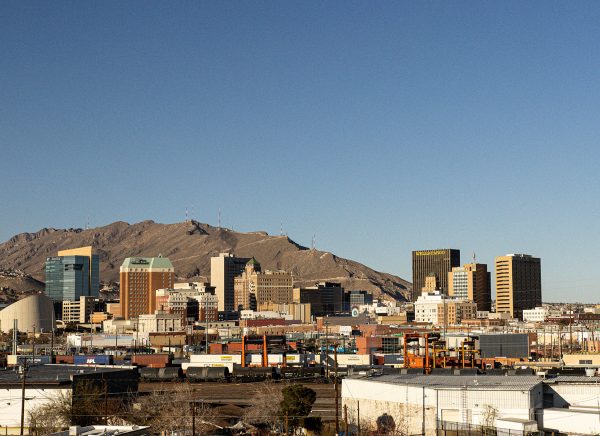
The sentimental value that the bakery holds for Marquez and other Segundo Barrio residents is undeniable. However, many city politicians and developers feel that the potential for commercial opportunities in these areas outweighs any emotional connection locals may have.
One major effect gentrification often has is the increase in living costs for the area, which often means that current citizens can no longer afford rent and other necessary expenses. If residents are having difficulties in affording the bare essentials, their budgets for things that are non essential – like pastries – dwindle.
“I guess what people are more interested in is lower priced items. That’s practically impossible for us because all our materials right now are going up and up,” Marquez said. “We don’t have the same number of customers as the big locations, [and] we can’t afford to lower our prices very much.”
Despite pressure to conform to the urbanization happening in the rest of the city, residents of Segundo Barrio remain connected to one another through organization. The South Side Neighborhood Association has frequent meetings and events at Guillen Middle School and other locations throughout the area.
“One of the topics that they’ve talked about is how the Segundo Barrio is dying,” Marquez said. “People are moving out and the people that do live here are mainly elderly people. It’s something very concerning for us because if [Segundo Barrio dies], who knows what will happen to us?” Marquez and The South Side Neighborhood Association have genuine concerns regarding the future of the Segundo community.
“If we move from here and if we close down, I don’t know how it’ll affect this whole area. This is kind of a focal point for this whole area so I don’t know what would happen, but it’s a concerning issue.” Marquez said.
Though the fight against gentrification in El Paso’s south and many other cities in the country is far from over, business owners like Marquez say they will continue working to preserve the history and culture of these neighborhoods.
Leah Austin is a staff reporter at The Prospector and may be reached at [email protected].

